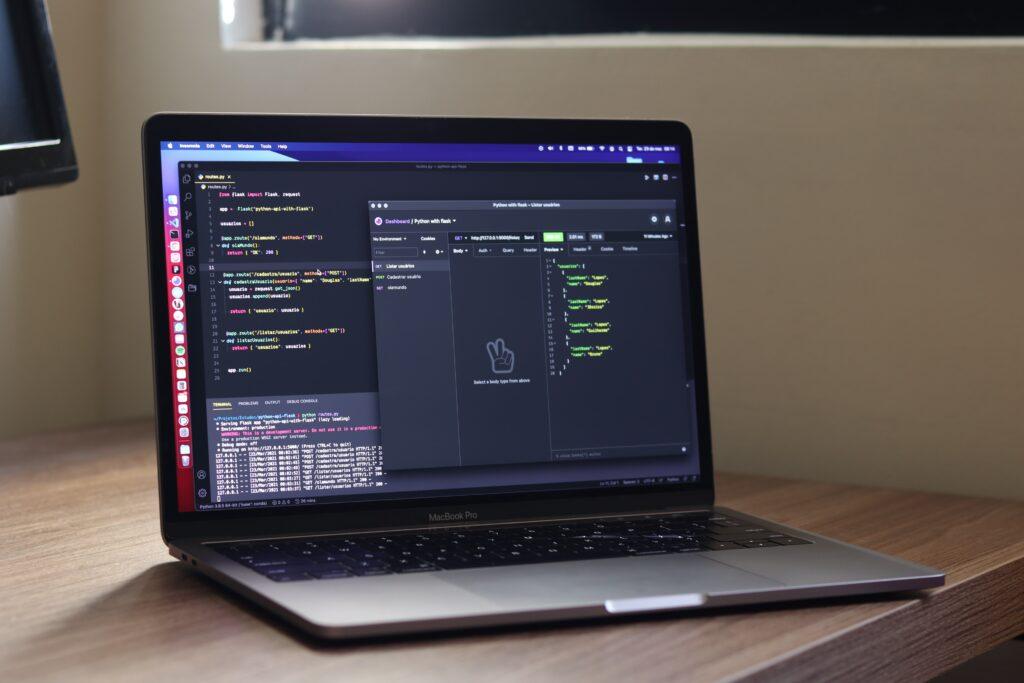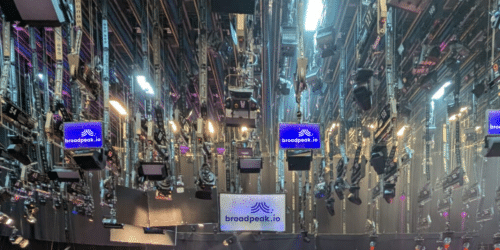The streaming industry is changing fast, with development and innovation cycles accelerating at a pace that has never been seen before. With major players such as hyperscalers and FAANGs (Facebook, Amazon, Apple, Netflix, and Google) changing the game, what simple and actionable means can other companies leverage to keep pace and remain competitive?
While this article from IABM gives more insight into CI (continuous integration) / CD (continuous delivery) workflows and agile operations, the following blog highlights some of the more straightforward approaches.
Don’t Ask Permission From Your Boss
Historically speaking, a lot of the streaming technology selection processes in the broadcast industry were, or still are, based upon long assessment cycles intended to identify the best and most cost-effective solution across different layers, such as infrastructure, orchestration, and software.
While this approach may prove relevant in some cases, it also comes with major limitations: it takes time, it takes resources, and by the time all findings are analyzed some of the quests may no longer be relevant. However, SaaS bypasses these lengthy steps; in many cases, you can gather concrete findings with free trial accounts and self on-boarding. Of course, this does not mean that your final implementation must be SaaS-based, but it does allow you to find the best solution early and quickly in your process.
Simplicity Has Value
Considering the different functions and components needed in a video streaming workflow, it seems beneficial to specialize them. The challenge generally associated with this best-of-breed approach is fragmentation and subsequently the complexity of provisioning and orchestration.
An alternative approach, which bypasses this problem, is to consider as a service (aaS) applications. For example, using a content replacement application as a service — instead of building your own platform — you can tell within days whether there is a case for launching your own virtual linear channel.
Likewise, you can tell whether implementing blackout will unlock some purchasing discussions with content providers and content rights owners for the distribution of linear sports channels. Thus, you receive an almost immediate answer as to whether your problem would be solved, as well as an idea of time to market anticipation.

API interfacing can improve: automation, speed of execution, standardization, consistency, security, auditing, reproducibility, and, also free up time for more value-added tasks.
API is the Key!
Auditing the number of wasted cycles and resources, originating from manual processes, generally leads to shocking findings; the immediate takeaway is a recurring operational cost with zero value in return. The downsides to this are endless.
Aside from auditing difficulties, major problems include: wasted time, greater risk of errors, and having to track and maintain consistency over time.
If you are still using spreadsheets or emails in some of your workflows as part of the lifecycle process of your streaming services, you are likely to benefit from moving to API interfacing.
API interfacing can improve: automation, speed of execution, standardization, consistency, security, auditing, reproducibility, and, also free up time for more value-added tasks.
TaaaS (Take Away as a Service)
Taking shortcuts and being able to easily change direction has never been so important. The benefits enabled by video API platforms can make a significant difference in the success of your streaming services over time. In addition to helping make your workflows profitable, video API platforms can also make you more agile and more competitive in tomorrow’s market.
Bannner photo by Paulo Vizeu on Unsplash
Article photo by Douglas Lopes on Unsplash










